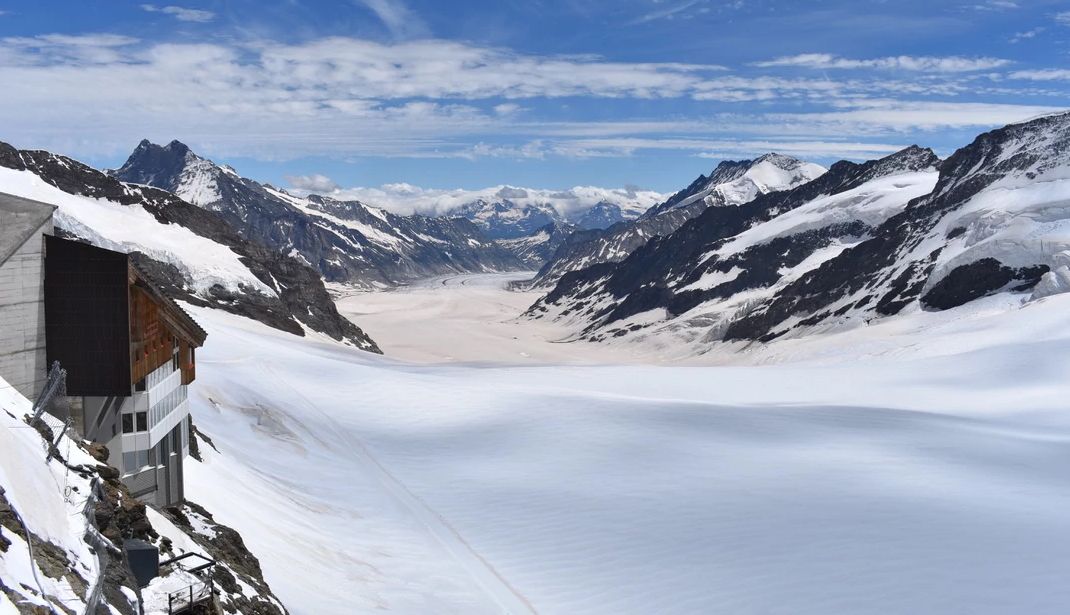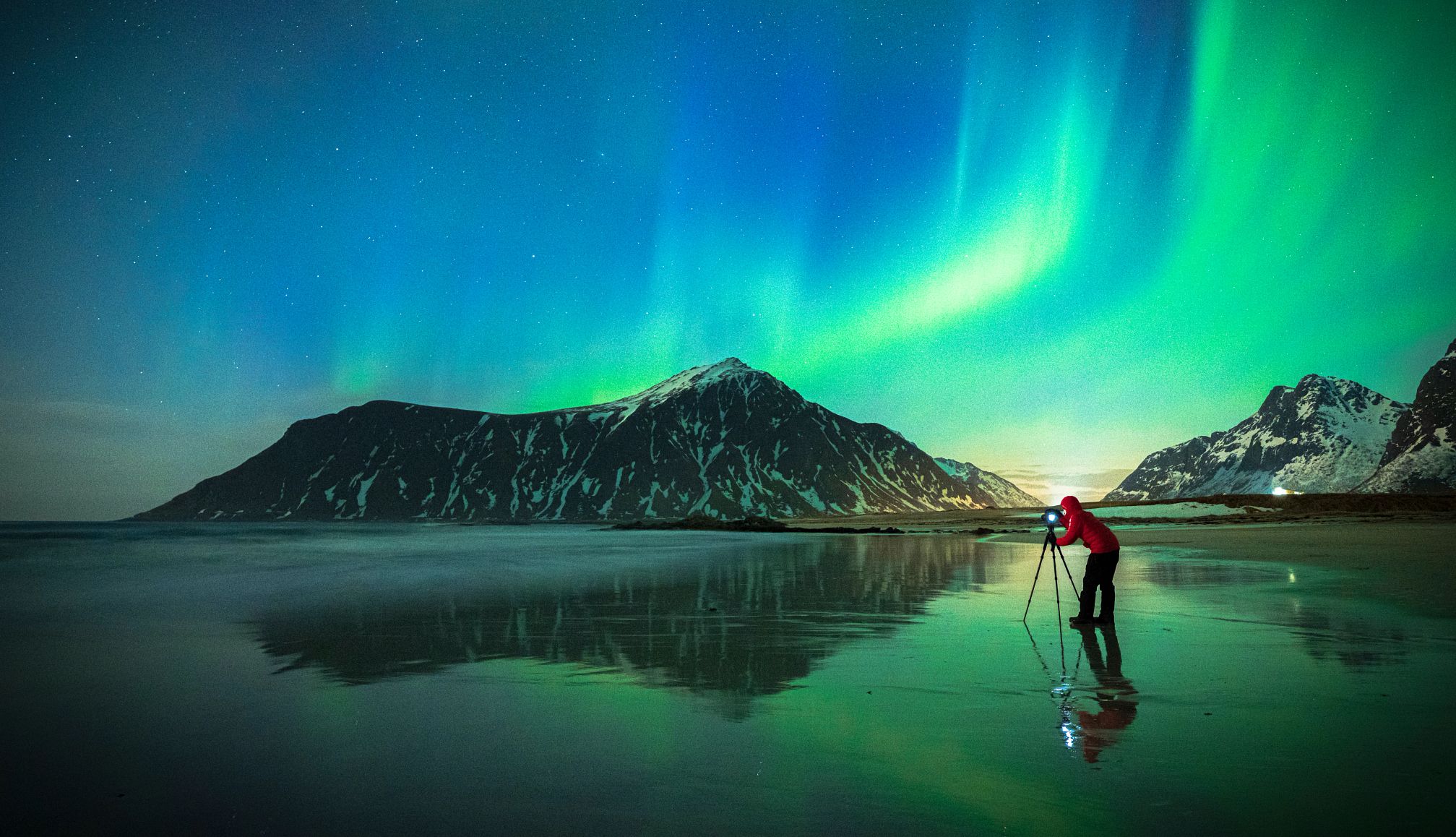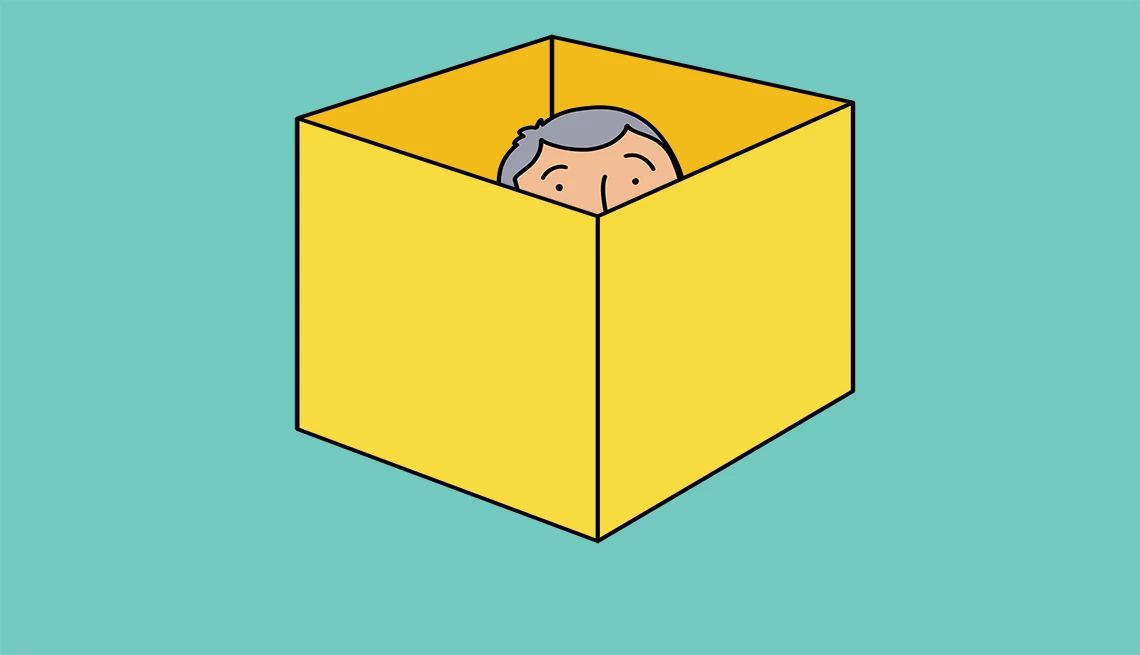AARP Hearing Center
In summer 2024, my family traveled to see the Matterhorn Glacier and Aletsch Glacier in Switzerland. The snow-covered mountaintops and sparkling ice caves were stunning and breathtaking. But as we explored one cave, I felt the mild stirrings of panic. “This thing isn’t going to collapse on us, right?” I said, stepping gingerly on the slick floors. The question floated in the chilly air while my husband continued snapping photos and our teenagers took turns racing down a nearby ice slide.
Glacier tourism is a way to explore nature during a time when older adults are increasingly turning to the outdoors. According to a 2022 report by the Outdoor Foundation, a nonprofit organization that encourages outdoor activities to promote health, the number of people 55-plus participating in outdoor recreation has risen more than 14 percent since 2019.
But we don’t always consider the risks of visiting glaciers. In August 2024, an American tourist died when an ice cave collapsed at Iceland’s Breiðamerkurjökull glacier.
Here’s what experts say about the risks of touring glaciers and how to prepare for a visit.
Ice on the move
“Glaciers inherently are dangerous because of their instability,” says Shaun Marcott, an associate professor in the Department of Geoscience at the University of Wisconsin-Madison who is an expert in glacial geology and paleoclimatology. Glaciers gain mass each winter through snowfall, then lose mass in summer as the ice melts, he says. Because of climate change, glaciers are melting more than in the past; many are shrinking.
Meltwater – the liquid flowing off a glacier – can cause conditions to change rapidly. “In the early part of the morning, when it’s the coldest, there’s not much melt coming off,” Marcott says. “By about mid-afternoon, the glacier is shedding.” He often hears of tourists who cross a shallow stream in the morning and return hours later to find the stream has tripled in size and depth, leaving them stranded.
































.jpg?crop=true&anchor=13,195&q=80&color=ffffffff&u=lywnjt&w=2008&h=1154)

































